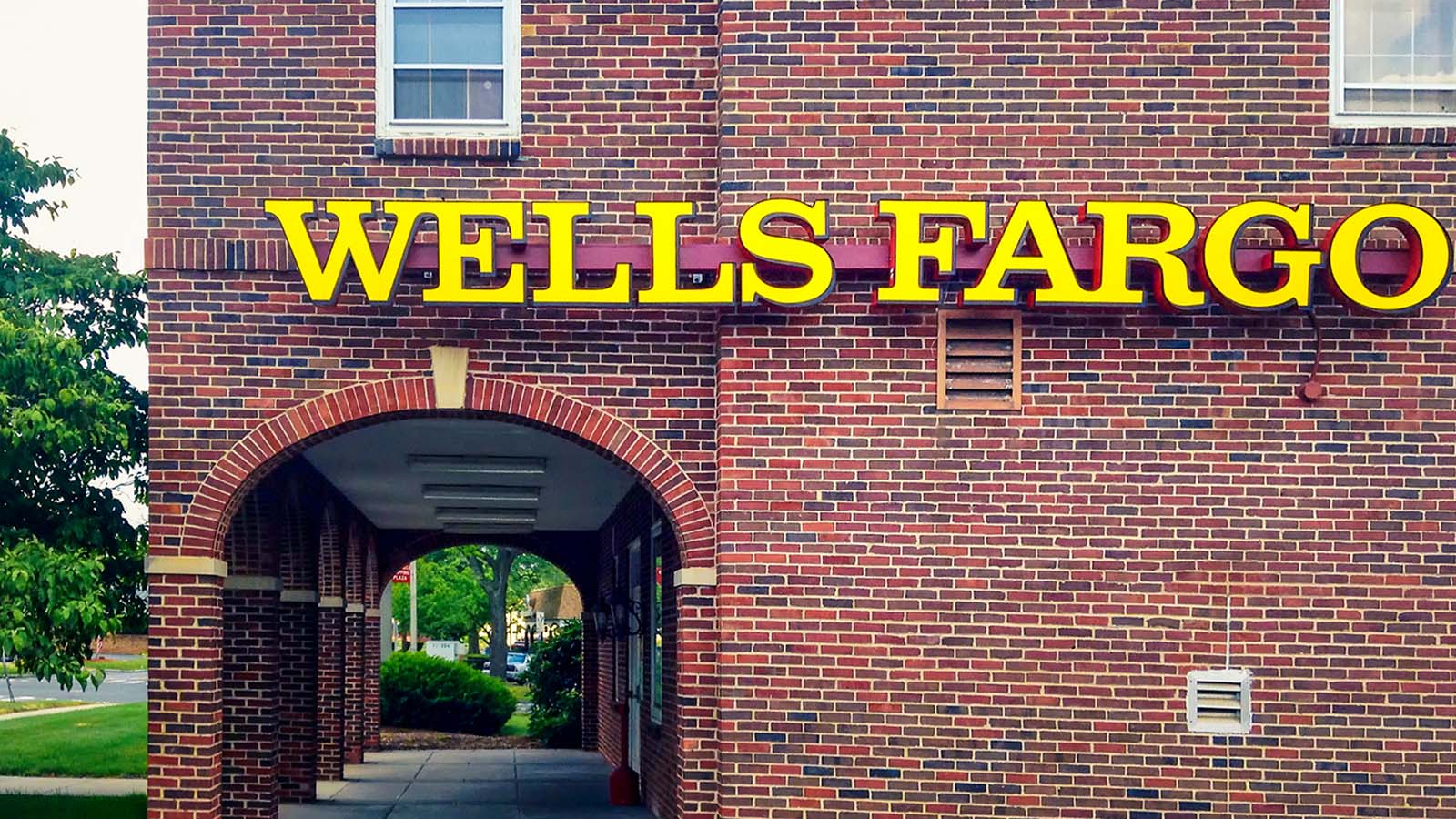Even as the novel coronavirus shook the financial services industry, Wells Fargo (NYSE:WFC) watched its market fortunes plummet like a bank vault dropped from a bomber. WFC stock lost almost half its value between late February and late March, a trajectory mirrored throughout the banking sector.

But if you think the San Francisco-based bank merely suffered from the same virus as its peers, then guess again. Or, if you prefer, ask this multi-billion-dollar question: “Why did Wells Fargo sink even further south than its competitors?”
On Feb. 21, the U.S. Department of Justice announced a settlement with Wells to pay out $3 billion to resolve criminal and civil investigations into a cross-selling scandal that erupted in 2016. Under intense pressure from the banking giant to meet impossible sales goals, “thousands of employees provided millions of accounts or products to customers under false pretenses or without consent.”
For me as a conscientious investor, this changes everything where WFC stock is concerned.
WFC Stock and the Reputation Problem
It’s not just the size of the settlement — roughly 3% of Wells’ market capitalization of $105 billion — that bothers me. It has more to do with whether WFC stock reflects a company that has adequately cleansed its culture and practices. Has Wells made amends worthy of a company reborn, as its marketing campaigns these past few years have tried over and over…and over again to insist?
Cleary, the bogus account scandal made wealthy people out of unwitting investors and nefarious executives. For a brief period of time, Wells Fargo was the world’s most valuable bank, boasting a market cap that topped $300 billion. But what fueled it all? Devious practices that went on for 14 years and, I contend, would still be at very much at play if Wells hadn’t been caught.
And even when that happened, the bank made what could be considered token attempts at righting the wrongs. Though disgraced CEO John Stumpf and community banking head Carrie L. Tolstedt were forced out, they still got away with zero jail time and millions of bucks. Clawbacks aside, Tolestedt “retired” with $57 million or so; Stumpf’s net worth is $50 million. Meanwhile, countless Wells employees who got the axe for failing to meet the insane quotas may still be asking themselves, “Hmmmm, stale ramen or stale mac and cheese for breakfast, lunch and dinner?”
(A quick tangent: Isn’t Stumpf the best Dickensian name for a soulless banker since Scrooge?)
A Track Record That Leaves Tracks
It’s tempting to think that WFC stock is ready to move onward and upward as the herald of a bank reborn. If only the massive account scandal were the sole black mark on Wells’ record. Since 2010, Wells has been fined or cited in cases covering a variety of shady practices that include excessive overdraft fees, mortgage appraisal overcharges, inflated insurance premiums and violation of New York state credit card laws.
Meanwhile, female executives accused the bank in 2018 of gender bias in the wealth division, and it might interest some investors to know that though it calls the liberal bastion of San Francisco home, Wells is the top banker for U.S. gun makers and the National Rifle Association.
Nor can I find any evidence, anywhere, that Wells hired a single one of its terminated employees back or compensated them for the well documented anxiety attacks and acute stress they suffered. By my rough reckoning, Tolstedt and Stumpf could still make off like pirates while every single displaced and disgraced employee, compensated via 50% of the executives’ exit packages, could receive at least a year’s salary.
Why bring up all this? Come on, Lou: We want to hear about analyst ratings and quarterly earnings and whether it’s the right time to buy Wells at its bottom and…
Well, if that’s you want, I don’t blame you. So far, I’ve been screeching on my soapbox for a dozen paragraphs. But my self-assigned task here is to alert you that in this day and age, investing based on environmental, social and governance (ESG) factors is the increasingly dominant practice of smart market mavens: people “invested,” if you will, with concern and a conscience.
Why Wells Runs Afoul of ESG Investing Ideals
Hell, even a banker gets ESG. In 2019, top U.S. CEOs led by Jamie Dimon of JPMorgan Chase (NYSE:JPM) declared that public companies should put social responsibility above profit. Don’t worry, my InvestorPlace homies, he didn’t say “zero profit.” As the year draws to a close, assets connected to ESG investing totaled $1.26 trillion in the third quarter of 2020, according to Morningstar. How does WFC stock fit in to that picture? Sadly, it doesn’t.
The thing is, people, we can have it all. We can invest with intelligence and the courage of conviction in ways as responsible as they are profitable. It is why so many of us love companies that make electric vehicles (environment), push back against systematic racism (social), and champion diversity in the executive suite (governance).
So while you may think this article isn’t about WFC stock, it very much is. Ripped off consumers and disconcerting complaints from female employees show failures on the social and governance fronts; at least Wells has historically earned high marks for being a green company — I mean, green as in eco-friendly. Ethics-friendly green is a different story.
No Bank for Your Buck
Even when Stumpf’s successor, Timothy Sloan, stepped down in 2019, the Wall Street Journal noted that his cleanup efforts reeked of one fatal flaw: Sloan had spent decades at the bank as part of its old guard “and critics have said those long-tenured leaders have hindered the company from adequately fixing deep-rooted issues.” This adds another dimension where WFC stock is concerned. Read: Stumpf the fox guarded the henhouse. Sloan, though kinder and gentler, was still a fellow member of his skulk brought in to rebuild it.
As recently as January 2019, the Guardian reported that Wells Fargo employees said “little has changed since the fake accounts scandal,” with one on-the-record Wells banker claiming that “frontline bank workers, many of whom felt scapegoated during the fraudulent account scandal, are still mistreated.”
Until Wells Fargo can remunerate the branch employees it disgraced and destroyed; support legal action against its greedy ex-executives who got off clean, suntanned and fat; get serious about making consumer amends; and stop using PR sleight of hand to substitute for substantive change — until it can do all this and more — WFC stock redefines “sin investment” in a way to make Gordon “greed is good” Gekko blush with embarrassment.
On the date of publication, Lou Carlozo did not have (either directly or indirectly) any positions in the securities mentioned in this article.
